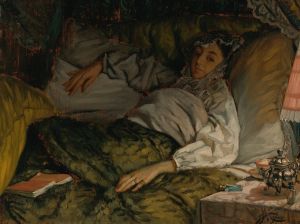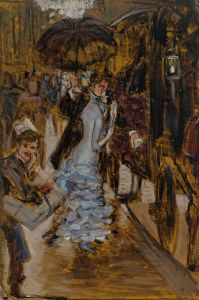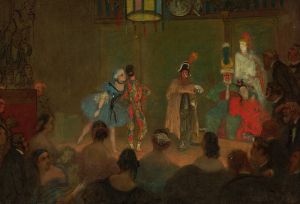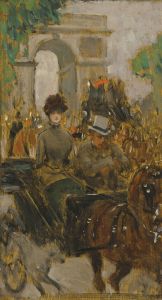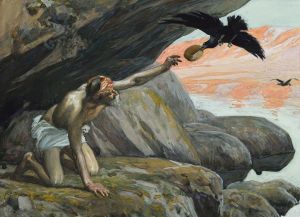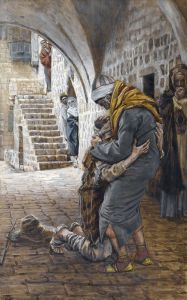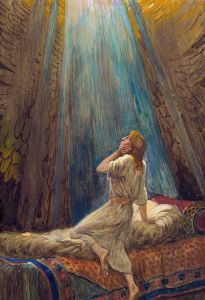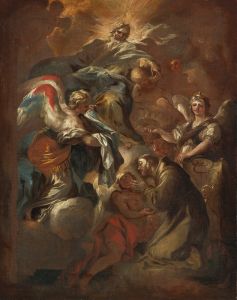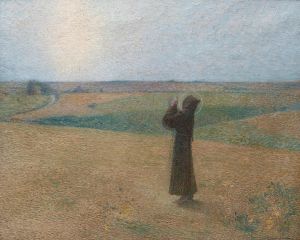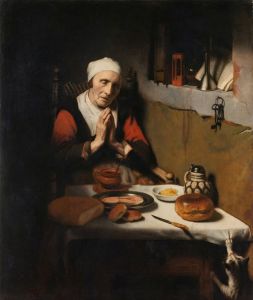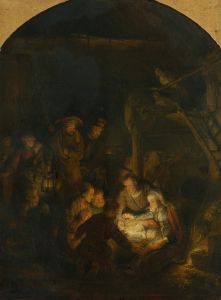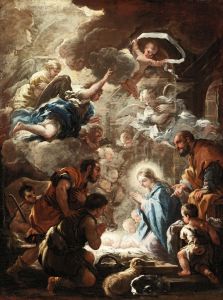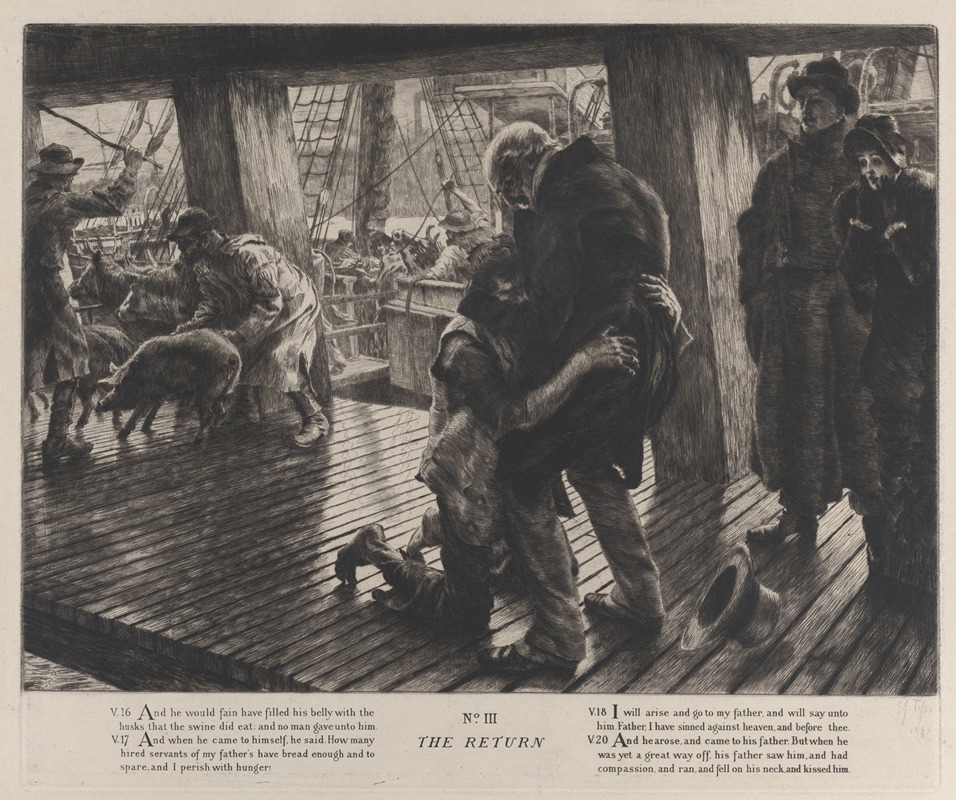
The Parable of the Prodigal Son, No. III; The Return
A hand-painted replica of James Tissot’s masterpiece The Parable of the Prodigal Son, No. III; The Return, meticulously crafted by professional artists to capture the true essence of the original. Each piece is created with museum-quality canvas and rare mineral pigments, carefully painted by experienced artists with delicate brushstrokes and rich, layered colors to perfectly recreate the texture of the original artwork. Unlike machine-printed reproductions, this hand-painted version brings the painting to life, infused with the artist’s emotions and skill in every stroke. Whether for personal collection or home decoration, it instantly elevates the artistic atmosphere of any space.
James Tissot's painting "The Parable of the Prodigal Son, No. III; The Return" is part of a series of works that depict the biblical story of the Prodigal Son, a parable found in the Gospel of Luke in the New Testament. This particular painting illustrates the moment when the wayward son returns home after squandering his inheritance and living a life of excess. The narrative of the Prodigal Son is a powerful story about forgiveness, repentance, and unconditional love, themes that Tissot captures with emotional depth and vivid detail.
James Tissot, a French painter and illustrator, was known for his detailed and realistic style, which he applied to both secular and religious subjects. Born in 1836, Tissot gained popularity for his depictions of contemporary life in Paris and London. However, after a profound religious experience in the late 1880s, he shifted his focus to biblical themes, producing a series of works that illustrate scenes from the Bible. "The Parable of the Prodigal Son, No. III; The Return" is part of this later body of work, reflecting Tissot's interest in religious narratives and his commitment to portraying them with historical accuracy and emotional resonance.
In "The Return," Tissot captures the pivotal moment of reconciliation between the father and his repentant son. The painting is characterized by its attention to detail and the emotional expressions of the characters. The father is depicted with open arms, symbolizing forgiveness and acceptance, while the son appears humbled and remorseful. Tissot's use of color and light enhances the emotional impact of the scene, drawing the viewer's attention to the central figures and the theme of redemption.
Tissot's religious paintings, including "The Parable of the Prodigal Son" series, were well-received for their meticulous detail and narrative clarity. He conducted extensive research to ensure the historical and cultural accuracy of his biblical scenes, often traveling to the Middle East to study the landscapes and customs of the region. This dedication to authenticity is evident in the architectural and costume details present in "The Return," which help to situate the story in its historical context.
"The Parable of the Prodigal Son, No. III; The Return" is part of Tissot's larger series on the Prodigal Son, which includes several paintings that together narrate the entire story. This series is a testament to Tissot's ability to convey complex emotional and spiritual themes through his art. His work on biblical subjects, including this series, contributed to his reputation as a significant religious artist of the 19th century.
Today, Tissot's paintings continue to be appreciated for their artistic merit and their ability to convey timeless themes of human experience. "The Parable of the Prodigal Son, No. III; The Return" remains an important example of Tissot's religious work, showcasing his skill in storytelling and his deep engagement with biblical narratives.






